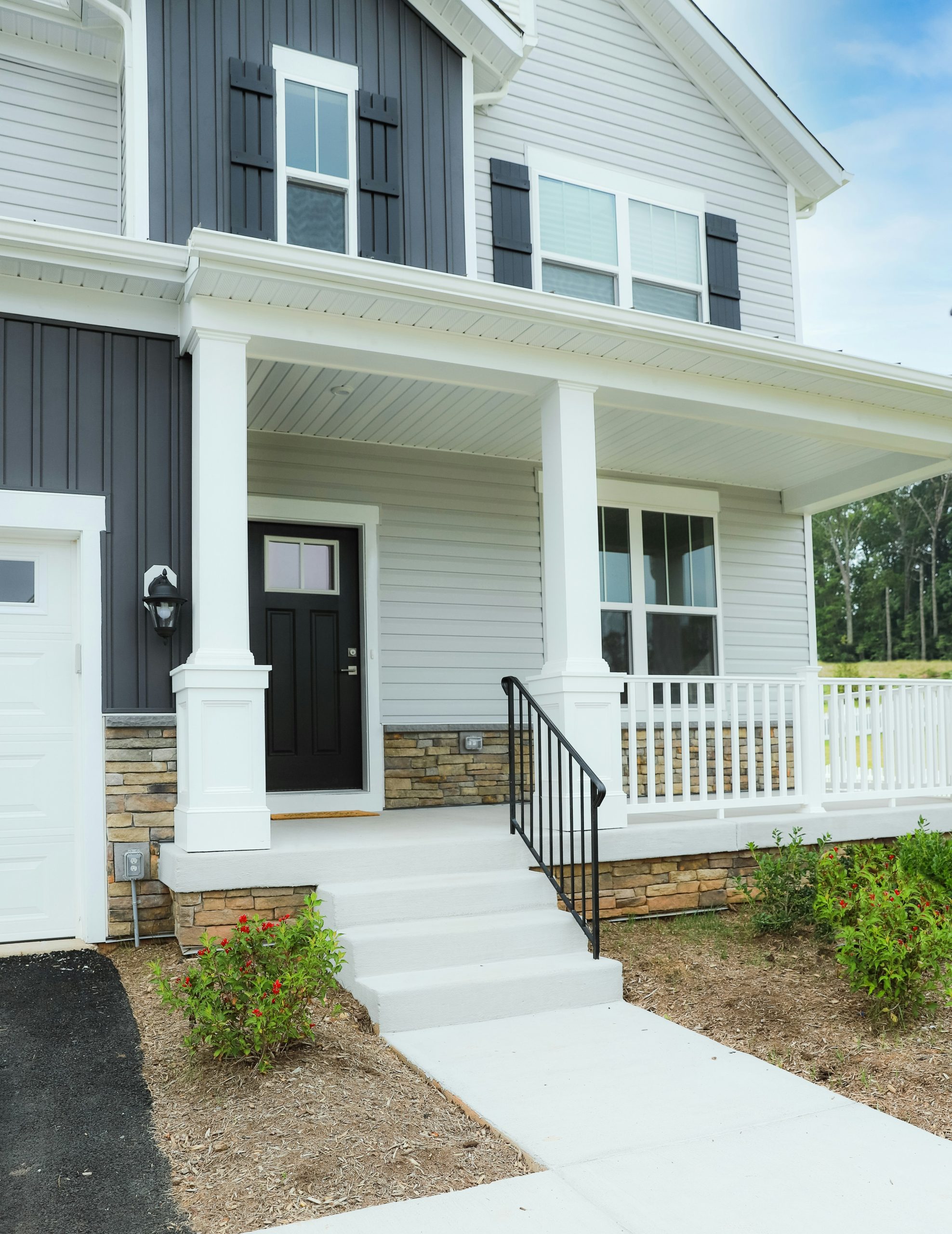Overlooking the Underground: A Costly Mistake
Home improvement projects often focus on the visible: new kitchens, fresh paint, or expanded living areas. But what lies beneath your home is just as important. One of the most commonly overlooked components in New England property upgrades is the septic system. In particular, homeowners forget to factor in existing or new septic tanks when planning construction. This is especially relevant in rural areas where city sewer lines aren’t available. Forgetting to consider septic tanks in New Hampshire can create serious delays and unexpected costs.
The basement door creaks open to reveal more than dusty storage boxes and forgotten holiday decorations. Water stains streak down century-old stone walls, while a musty odor suggests moisture problems that have gone unaddressed for years. Most homeowners would dismiss these signs as normal basement issues, but experienced contractors know better than to ignore what lies beneath their feet.
Mark thought he had found the perfect Victorian home for his growing family. The spacious rooms and period details seemed ideal for restoration, but he never bothered to inspect or assess the basement properly. Within weeks of moving in, his hardwood floors began buckling, mysterious odors wafted through the house, and utility bills skyrocketed despite reasonable weather. Only after hiring a structural engineer did Mark discover that the previous owner had ignored serious foundation issues, leaving behind water damage and compromised support beams that were actively threatening the entire structure.
The underground spaces of our homes hold tremendous importance, yet they remain the most neglected areas in home maintenance. While we carefully maintain our living rooms and update our kitchens, we often forget that basements, crawl spaces, and foundations can harbor moisture problems, structural issues, or even hazardous materials left by previous owners. These hidden spaces influence everything above them, affecting air quality, energy efficiency, and the structural integrity of the entire dwelling.
Understanding and maintaining underground systems transforms a house from a potential liability into a solid investment. When properly inspected and maintained, these spaces become valuable assets in home ownership, offering additional storage, improved energy efficiency, and even potential living space expansion. The difference between a home that maintains its value and one that becomes a money pit often lies not in the rooms where we spend our waking hours, but in the forgotten spaces that rest beneath our feet.
Whether you’re building a new home or upgrading an old one, the septic setup needs to be evaluated early. If you’re adding square footage or installing new bathrooms, your current tank might not meet capacity regulations. These requirements can vary by municipality, and failing to address them up front can halt your progress when it’s too late to pivot easily.
What Septic Tanks Mean for Your Build
Septic systems aren’t just a box in the ground. They’re an engineered setup with size, placement, and legal requirements. Many homeowners assume their existing system will handle whatever changes they plan, only to discover that’s not the case once permits are requested. In regions like New Hampshire, where private septic systems are common, failing to consider the type and size of septic tanks during planning can mean redoing work or redesigning the entire scope.
Your chosen contractor may not always take the initiative to verify your system’s current standing. That’s why it’s critical to include a septic inspection in your early checklist. A small investment in research or evaluation up front could save thousands in the long run.
Mid-Project Surprises No One Wants
You’re knee-deep in a home expansion when an inspector raises concerns about your system’s compliance. Or worse, your crew uncovers an outdated tank that no longer meets environmental code. These issues aren’t just bureaucratic. They can cause real construction setbacks, lead to fines, or require emergency excavation.
Planning for septic tanks in New Hampshire should be done as early as possible. Knowing the tank’s age, material, and size can inform what kind of improvements you can safely and legally pursue. Replacing or upgrading a tank mid-project is a hassle, and in some cases, it can compromise your timeline beyond repair.
If your plans include expanding bathrooms, converting a basement, or building an accessory dwelling unit, this septic tanks New Hampshire resource will help you understand what’s needed. If you are not in New Hampshire, be sure to check local resources for septic tanks in your town. Once you find one, or two, go through their reviews from customers before making that phone call!
Terrain and Placement Challenges
Even when you know you’ll need septic adjustments, many homeowners underestimate how terrain impacts installation. Rocky ground, high water tables, and poor soil absorption are all common in New Hampshire, and other states. These factors influence not only the type of tank required but also where it can be placed.
Ignoring topography can lead to miscalculations in cost and time. A septic design may need to be re-engineered if it doesn’t account for these variables from the start. That means more paperwork, higher contractor bills, and delays that stretch into months.
Getting Ahead of the Problem
Working with a licensed septic designer before you submit permit applications can make all the difference. They can evaluate your site, determine if your current tank is usable, and help you meet local code. They can also suggest upgrades that improve efficiency or long-term durability, so you don’t find yourself doing another round of work in five years.
Planning around septic tanks in New Hampshire doesn’t have to be a burden. It just needs to be part of the master checklist. Like insulation, foundation, and framing, your wastewater system sets the foundation for a livable, legal home.
Your Next Step
If you’re in the early stages of planning and haven’t thought about what’s under your backyard, now’s the time. Septic systems aren’t flashy, but they’re essential. Overlooking them could mean permits denied, construction halted, or worse, redoing work you’ve already paid for. Include it early, plan accordingly, and move forward with confidence.
Building Value from the Ground Up
The journey to successful homeownership begins with acknowledging every component of your property, including those hidden from daily view. Underground areas possess unique challenges that can either support or undermine your investment depending on their condition and treatment. When these spaces are ignored or neglected, they become sources of costly problems that seep upward through floorboards and foundations, creating expensive repairs and potential health hazards.
Professional home inspectors consistently report that homes with properly maintained underground systems show dramatically improved resale values and fewer emergency repairs. The structural support available in well-maintained basements provides essential stability, while proper moisture control offers ideal conditions for additional living space or storage. These benefits remain locked away until homeowners take deliberate action to assess and maintain these critical areas.
Your home investment deserves a foundation as strong as the earth itself. By extending care and attention to underground spaces, you create a comprehensive maintenance system that supports every aspect of your property value. The stability waiting beneath your feet could be the missing piece that elevates your home from ordinary to extraordinary, transforming not just your living space but your entire relationship with homeownership.






